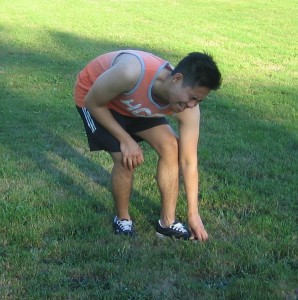A diabetic foot ulcer is a complication of diabetes that is poorly controlled. It forms due to the breakdown of skin tissue. The big toe and balls of the feet are usually affected and can even reach the bones.
Individuals diagnosed with diabetes can end up with foot ulcer and pain, but proper foot care can prevent them. The treatment is generally based on the root cause.
What are the indications?
An initial sign of a diabetic foot ulcer is drainage that can stain the socks or leak out from the shoe. Some of the initial signs of a foot ulcer include irritation, unusual swelling, redness and odor from one or both feet.
An evident sign of a serious case is blackened tissue (eschar) bordering the ulcer. This can develop due to the absence of blood flow to the site around the ulcer. Partial or full gangrene might form around the ulcer. In such cases, there is pain, foul odor and numbness.

Management of a diabetic foot ulcer
It is vital to stay off the feet to prevent foot ulcer and pain which is called as off-loading. Remember that the pressure from walking can aggravate the infection where the ulcer can expand.
The doctor might suggest these for protection to the feet:
- Cast
- Diabetic shoes
- Foot brace
- Compression wraps
- Shoe inserts to prevent calluses and corns
A diabetic foot ulcer can be removed with debridement.
Medications
The doctor might prescribe antiplatelets, antibiotics or anti-clotting drugs to manage a diabetic foot ulcer if infection progresses.
Over-the-counter remedies
Various topical treatments can be used for a diabetic foot ulcer such as:
- Dressings that contain silver or silver sulphadiazine cream
- Iodine
- Polyhexamethylene biguanide solution or gel
- Medical grade honey in gel or ointment form
Surgery
The doctor might suggest surgery in some cases. The doctor can lessen the pressure around the foot ulcer by trimming down the bone or removing any foot deformities such as hammertoes or bunions.
Surgery is not always necessary, but if there are no other treatment available that can promote healing or infection progresses, surgery is the last resort. This can prevent the ulcer from worsening or leading to amputation.
